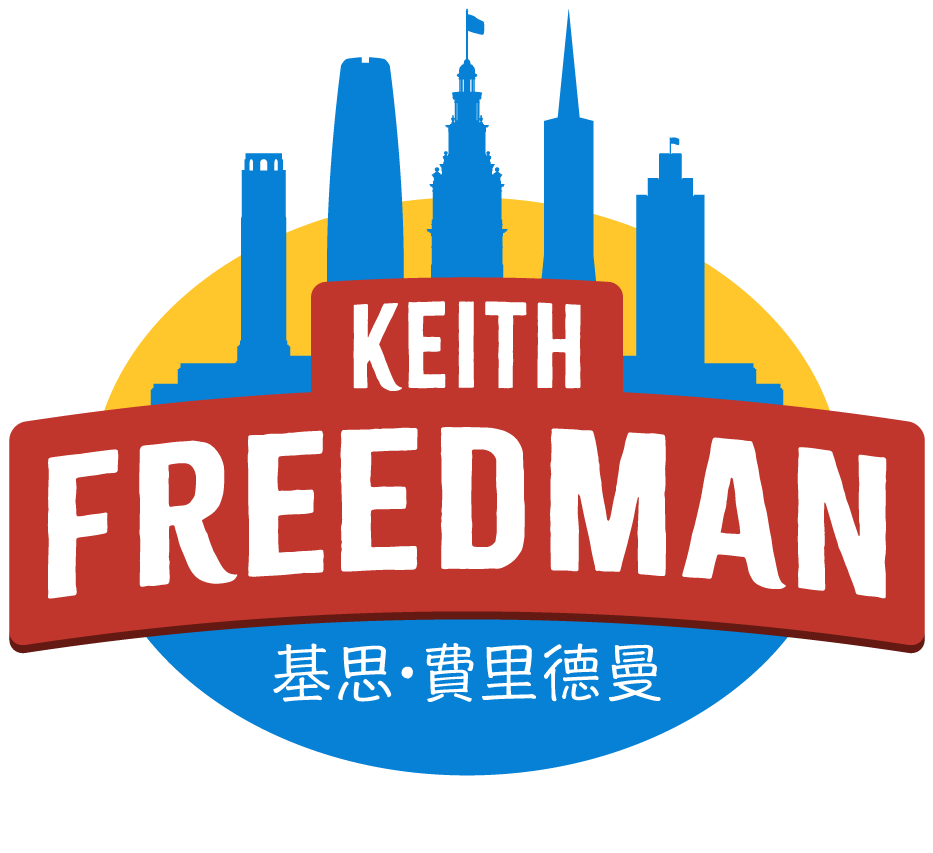We Need Better Transit, Not a War on Cars
The road to better transit via Public-Private Partnership
I support public transit—but I don’t believe in punishing people for driving. The way to reduce car ownership is to provide better alternatives first, not force people into giving up cars before they’re ready.
I don’t currently own a car. I’ve thought about getting one again, but the math keeps me from doing it—plus, I have alternatives that work for me. I walk to work unless it’s raining, I live close to a MUNI Metro stop, and I use rideshares when I need to haul things. For busier days, I rent a Zipcar or Getaround.
However, if these alternatives become more expensive or less convenient, the math could shift—and I’d probably get a car. I’m sure I’m not alone in this. That’s why it’s so important to fund public transit in ways that attract more riders, rather than pushing them away with higher fares or reduced service or taxes on alternative transportation choices.
What If Public Transit Gave Us More Choice?
In my ideal future, public transit offers a network of autonomous vehicles that adapts to what people need in real-time. Some vehicles would be large and make frequent stops—free or low-cost—but others could be smaller, more private, and more expensive. The idea is that people should have the option to pay for the level of service they need at the time.
A system like this could include:
•High-capacity shuttles for people who are flexible and want to save money.
•Medium-sized, right-sized vehicles (like the new Tesla van) for small groups.
•Single-passenger pods for quick, point-to-point travel at a higher price.
In this system, every ride would be priced dynamically based on size, distance, and capacity. Just like dynamic meter pricing works to manage traffic, we could apply the same model to public transit. Riders would use the MUNI app to enter their destination, choose how many people are traveling, and pick a service tier—whether it’s cheap and shared or direct and private.
A Hybrid Model: Public and Private Vehicles Working Together
This system could also use a hybrid model, where individuals can make their personal vehicles available to the public network. Similar to Getaround or Turo, people could get paid for letting their cars or vans become part of the fleet when they aren’t using them. Public agencies could manage the platform and keep everything running smoothly.
The goal isn’t to force everyone into a bus for the rest of their lives, but to offer enough choice that owning a car feels unnecessary. Public transit should be convenient, flexible, and affordable—not a rigid system that forces people to make compromises. If it’s done right, we could reduce traffic, lower emissions, and provide equitable access to everyone without alienating drivers.
Let’s Fund Public Transit the Right Way
To encourage more people to choose transit over cars, we need to fund public transit sustainably without relying on fare hikes that push people away or taxing choices we don’t like. When people are given better options, they’ll naturally drive less—and we’ll achieve the same goals without resorting to punitive policies against cars.
Instead of trying to push cars out, let’s focus on making transit so attractive that driving feels like the less appealing choice. If we offer dynamic public transit with flexible services, we’ll make the system smarter, more efficient, and better suited to everyone’s needs.
Getting This Idea Heard
Unfortunately, transit policy discussions tend to be dominated by a few candidates or well-funded voices, which makes it hard for new ideas to gain traction. I’ve tried submitting this concept to local media outlets, but so far, only candidates with big advertising budgets seem to get published.
That said, I believe this vision for public transit can bring us to the future advocates are pushing for—a future with fewer cars, but one that respects the fact that people need options. If we focus on expanding choice, we won’t have to punish people for driving.
Final Thought
At the end of the day, transit systems should reflect how people really live—not force them to fit a one-size-fits-all model. By giving people more options through a dynamic, tiered system, we can improve transit, reduce congestion, and build a better city without alienating drivers. This kind of future isn’t far off—and I think we can make it happen.
